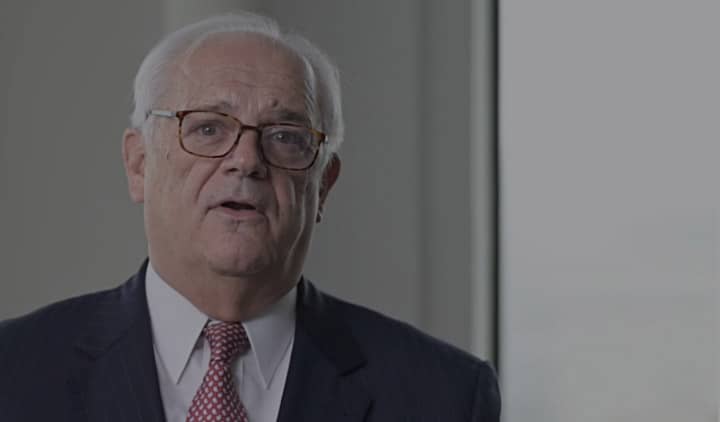The U.S. government finally weighs in with ‘first-ever’ guidelines on self-driving cars.
For many commuters the prospect of autonomous vehicles – getting from Point A to Point B without having to lift a finger – is irresistible. The self-driving car (or robot car, as some put it) has demonstrated the technology is available for cars to travel mostly without traveling thousands of miles without mishap.
We use the term “robot cars” deliberately.
Not since Henry Ford brought the Model T to the masses in 1908 have we seen such potential changes in the way we get around. Elon Musk’s Tesla Model S – an all-electric success story boasting both one of the fastest acceleration speeds of all time- might be the vehicle to rival to Ford’s accomplishment, but Google, Apple and other major auto makers are close behind. Ford, which (true to Henry Ford’s original vision) has stated that it wants self-driving cars to be accessible to all consumers, not just those who can afford high-end vehicles. But the common thread in many of these companies’ marketing materials – as well as most media coverage – is just how capable these robot cars are in getting around without running into things.
The touchstone is reliability.
For this to work – we must ensure the reliability of these robot cars, which depend on a fully functioning CPU and capable sensors for eyes and ears. In this regard, the U.S. Dept. of Transportation has published a “first ever” set of guidelines for the regulation of self-driving cars.
The DOT’s end game is national uniformity, preferring to avoid the inevitable hodgepodge of state-by-state legislation.
Authority to remain in state lawmakers’ hands.
State lawmakers will remain free to legislate automobile related laws in their states, but the federal government has taken the initiative on setting a 15-point safety standard, which includes an evaluation of how the robot car is programmed to react when confronted with two equally poor options (like swerving into a crowded bike lane to avoid crashing into a packed school bus).


